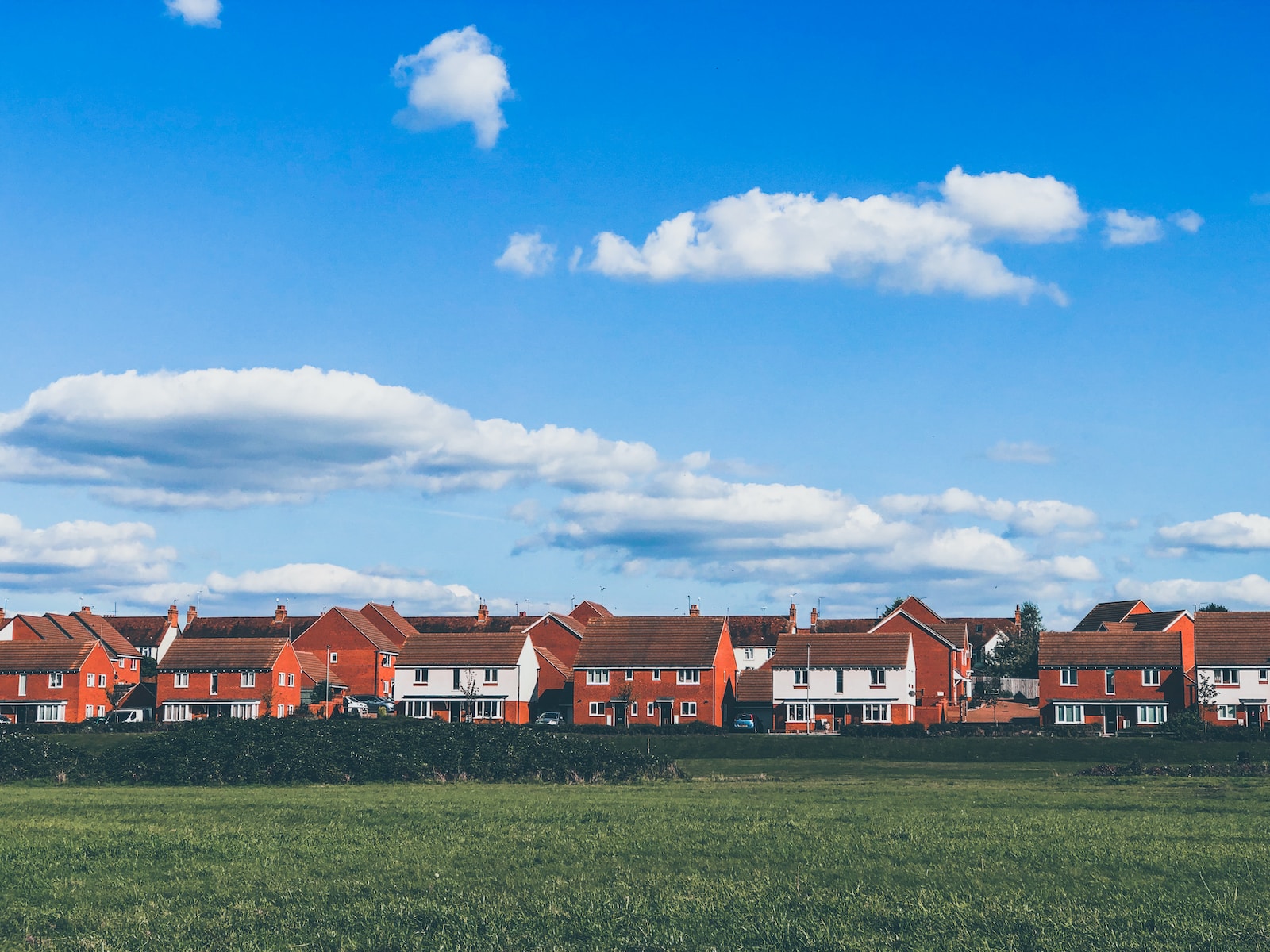In a world where environmental concerns are at the forefront of discussions, the concept of zero-energy homes has emerged as a beacon of hope. The Road to Zero-Energy Homes: Exploring the Potential and Possibilities showcases an exciting and sustainable path towards energy-efficient living. This article embarks on a journey to uncover the intricacies of zero-energy homes, their significance, and the steps that pave the way for a greener future.
The Road to Zero-Energy Homes: Exploring the Potential and Possibilities
Imagine homes that produce as much energy as they consume – a revolutionary notion that is gaining momentum as the world seeks to reduce its carbon footprint. The Road to Zero-Energy Homes: Exploring the Potential and Possibilities is not just a title; it’s a visionary concept that holds promise for a more sustainable way of living.
Understanding Zero-Energy Homes
Zero-Energy Homes: The First Step Towards a Greener Tomorrow
Zero-energy homes, often referred to as net-zero homes, are residences designed to minimize energy consumption and maximize energy production from renewable sources. These homes strive to achieve a delicate balance between energy usage and energy generation, resulting in a net-zero energy bill and significantly reduced environmental impact.
The Benefits of Zero-Energy Homes
A Win-Win for Homeowners and the Environment
Achieving zero-energy status for homes comes with a multitude of benefits. Not only do homeowners experience substantial cost savings on energy bills, but they also contribute positively to the environment. Reduced reliance on non-renewable energy sources translates to decreased carbon emissions, mitigating the effects of climate change.
The Potential of Solar Power
Harnessing the Power of the Sun for Sustainable Living
One of the cornerstones of zero-energy homes is the utilization of solar power. Solar panels, strategically placed on rooftops, absorb sunlight and convert it into electricity. This clean and renewable energy source not only powers the home but also generates surplus energy that can be fed back into the grid.
Energy-Efficient Building Designs
Building the Foundation for Zero-Energy Living
Creating a zero-energy home starts with innovative architectural and engineering designs. From passive solar heating to superior insulation materials, these designs minimize energy wastage and optimize the use of available resources.
Smart Technologies and Energy Management
Empowering Residents with Data-Driven Insights
The integration of smart technologies plays a crucial role in achieving zero-energy goals. Energy-efficient appliances, automated systems for lighting and climate control, and real-time energy consumption monitoring empower homeowners to make informed decisions about their energy usage.
Financing the Transition
Investing in a Greener Future
While the road to zero-energy homes is promising, it’s important to address the financial aspect. The initial costs of implementing renewable energy systems and energy-efficient technologies can be significant. However, various government incentives, tax credits, and financing options are available to make the transition more affordable.
Overcoming Challenges
Navigating the Path to Zero-Energy Living
Transitioning to a zero-energy home is not without its challenges. From technological complexities to initial costs, homeowners may encounter obstacles on their journey. However, with the right resources, information, and determination, these challenges can be overcome.
The Role of Sustainable Communities
Fostering a Collective Approach to Energy Efficiency
Sustainable communities play a pivotal role in promoting the adoption of zero-energy homes. Collaborative efforts among residents, local governments, and organizations can create an environment conducive to embracing energy-efficient practices.
FAQs
Q: What exactly is a zero-energy home?
A: A zero-energy home is a residence designed to produce as much energy as it consumes, resulting in minimal to no energy bills.
Q: Are zero-energy homes a recent development?
A: The concept of zero-energy homes has been around for several decades, but advancements in technology and increased environmental awareness have accelerated their popularity.
Q: How do solar panels contribute to zero-energy homes?
A: Solar panels capture sunlight and convert it into electricity, providing a renewable and clean energy source to power the home.
Q: Is achieving zero-energy status expensive?
A: While the initial costs of implementing energy-efficient technologies can be higher, various incentives and financing options are available to make the transition more affordable.
Q: What role do energy-efficient appliances play?
A: Energy-efficient appliances consume less electricity, contributing to overall energy savings in zero-energy homes.
Q: Can existing homes be transformed into zero-energy homes?
A: Yes, existing homes can be retrofitted with energy-efficient technologies and renewable energy systems to achieve zero-energy status.
Conclusion
The Road to Zero-Energy Homes: Exploring the Potential and Possibilities is a journey that promises a sustainable and greener future. From harnessing solar power to embracing energy-efficient designs, homeowners have the power to make a positive impact on the environment while enjoying cost savings. As technology continues to evolve and awareness grows, zero-energy homes are poised to become a standard for responsible and forward-thinking living.
